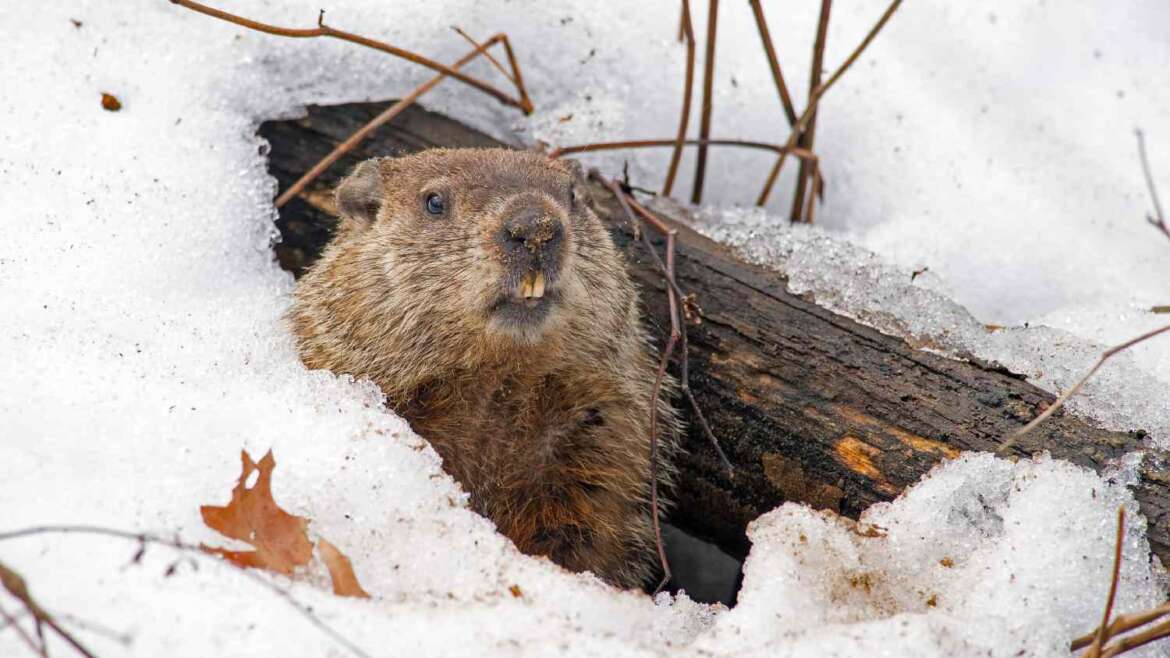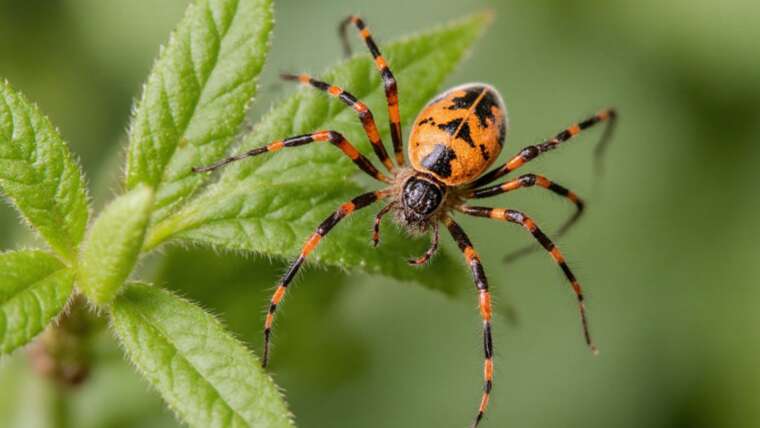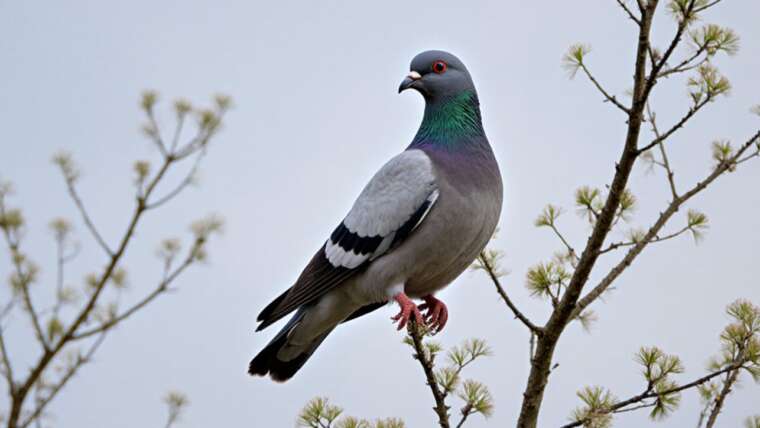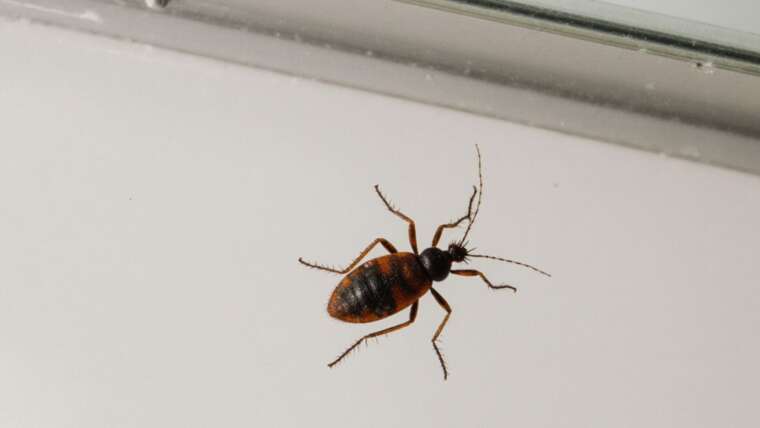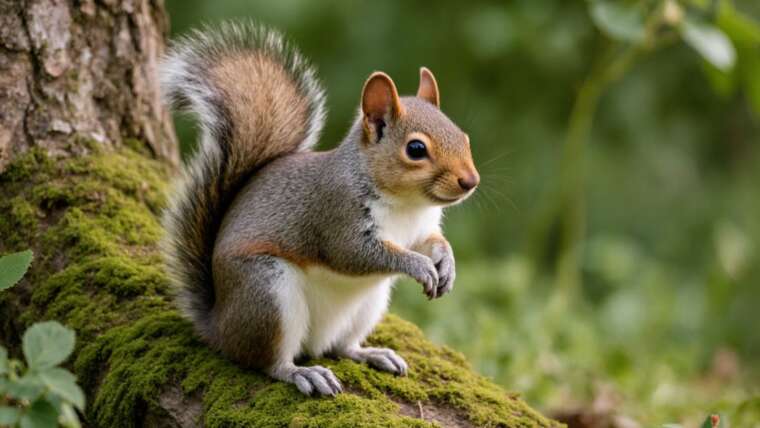Understanding Groundhogs: Identification, Lifestyle, and Management
If you’ve spotted a dirt mound in your yard or noticed that your crops are being destroyed, you may be dealing with groundhogs. Also known as woodchucks or whistlepigs, these creatures are part of the rodent family Sciuridae, which includes more familiar backyard residents like squirrels. Though groundhogs pose no direct health threat to humans, they can be a significant nuisance and lead to considerable property damage. This article will elaborate on various aspects of groundhogs, including identification, lifestyle, potential risks, and effective management strategies.
How to Identify a Groundhog
Groundhogs spend most of their time underground in their burrows, emerging primarily to forage for food during early morning and early evening. Noticing one of these critters could indicate a more prominent issue in your yard.
Key Characteristics:
- Body Structure: Groundhogs possess dense, stout bodies with short legs, covered in coarse fur.
- Claws: Their long, curved claws are perfectly adapted for an extensive burrowing lifestyle.
- Teeth: Groundhogs have long incisors that continue to grow throughout their lives.
- Coloration: Typically grey-brown in appearance, some variations may appear albino or entirely black.
- Size: They usually weigh between 5 to 10 pounds and measure 16 to 20 inches long, with tails ranging from 4 to 7 inches.
Maintenance Tip: If you’re looking to identify whether you have a groundhog problem, watch for distinctive “whistles.” These alerts are used by groundhogs to signal danger to other colony members.
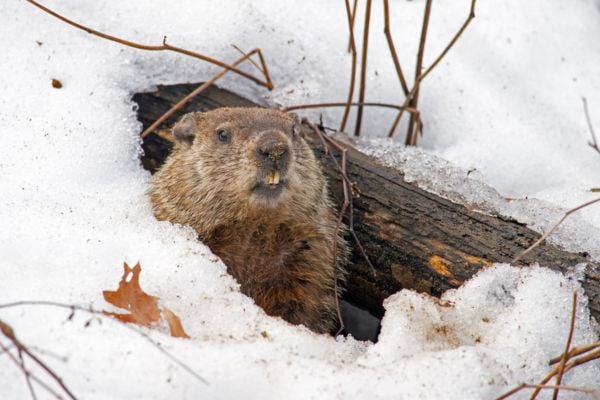
Groundhogs vs. Gophers
Groundhogs are frequently confused with gophers, but these two rodents exhibit several notable differences.
Comparison Details:
- Size and Build: Groundhogs are much larger and stockier, while gophers typically weigh about one pound and measure 6 to 8 inches long.
- Appearance: Gophers have small eyes, ears, fine soft fur, and large cheek pouches designed for holding food. In contrast, groundhogs possess a bushy tail and coarser fur.
- Habitat: Groundhogs prefer open fields, while gophers are usually found in more concealed areas.
Educational Fact: Both groundhogs and gophers are skilled burrowers, creating complex underground networks that can significantly affect the stability of the ground above.
Where Do Groundhogs Live?
Groundhogs typically inhabit areas such as crop fields and meadows near woodlands, which offer the cover necessary for avoiding predators.
Living Conditions:
- Burrows: These are primarily used for hibernation and reproduction, featuring multiple chambers for different activities.
- Hibernation: Groundhogs can go into deep hibernation during winter, providing them insulation against cold temperatures.
Movement Tip: During the spring, groundhogs can venture as far as 50 to 150 feet from their burrow, so understanding their wandering behavior can help identify and manage their presence in your space.
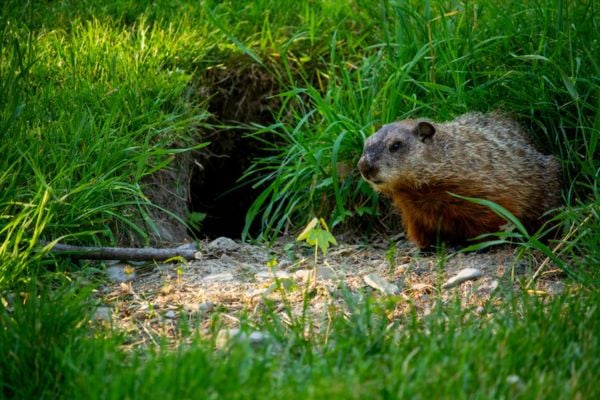
Signs of Groundhog Activities and Associated Dangers
Groundhogs can wreak havoc in gardens, crop fields, and plant nurseries. They are herbivores that primarily feed on grass, flowers, and crops, causing them to go through large amounts of vegetation.
Activity Indicators:
- Burrow Damage: Their burrowing activities can endanger building foundations and create unstable ground, posing risks to both humans and livestock.
- Openings: Groundhog burrow entry points can measure up to 12 inches in diameter and may not immediately appear dangerous but often indicate more significant underground activity.
Safety Precaution: If you noticed burrows close to structures, take immediate action to prevent potential hazards. They can cause pivotal stability problems over time.
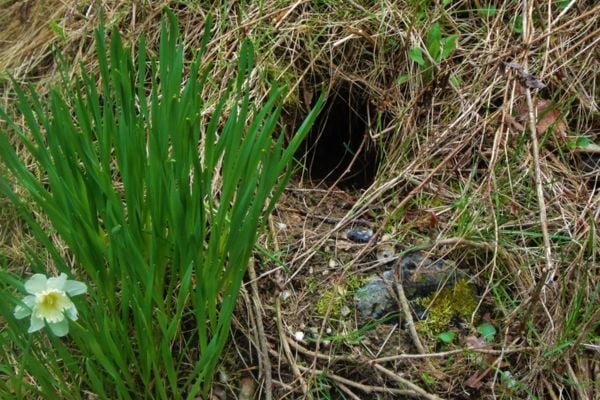
The Average Lifespan of a Groundhog
Groundhogs, on average, live about three years, facing significant risks from a variety of predators, including coyotes, foxes, bobcats, hawks, and even household pets.
Reproductive Cycle:
- Breeding: They usually begin reproducing during their second year of life. The breeding season starts post-hibernation, generally around March.
- Gestation: After a gestation of about 30 days, females can give birth to up to five offspring each year.
Learning Fact: Groundhogs have a remarkable ability to adapt to their environments. This adaptability helps them thrive despite the dangers associated with their short lifespans.
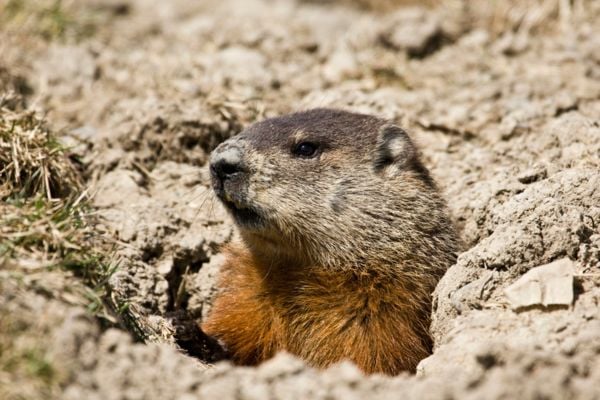
How to Help Prevent and Get Rid of Groundhogs in Your Yard
Addressing a groundhog problem requires a strategic and humane approach. While DIY methods like traditional traps or poisons may seem appealing, they often prove inadequate.
Management Strategies:
- Professional Help: Engage pest control experts who understand groundhog behavior and can implement humane traps, exclusion tactics, and preventive measures.
- Preventive Measures: Regular yard maintenance, such as soil aeration and planting deterrent species, can help discourage groundhogs from establishing residence in your yard.
Pro Tip: If you notice groundhog activity, act quickly to limit their food sources. Consider fencing garden areas and using plants with strong scents, like lavender, to deter them.
If groundhogs have taken over your yard, don’t hesitate—reach out to professionals like Terminix. Their wildlife experts can provide tailored solutions to remove these pesky critters from your property effectively. Schedule your free inspection today!

